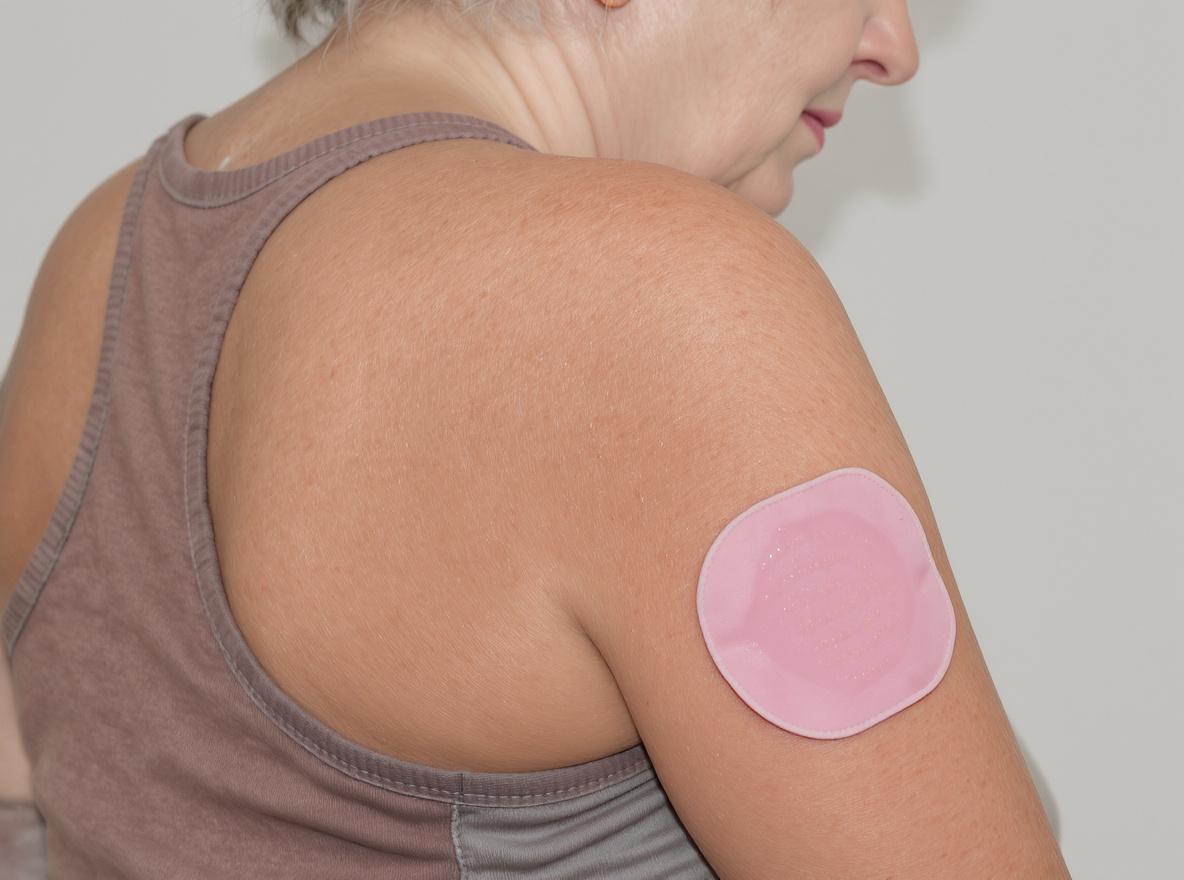As women age, navigating the complexities of menopause relief becomes crucial. Estrogen patches emerge as a prominent choice for many senior women seeking relief from menopausal symptoms. Discover the potential benefits, appropriate dosage, and how these patches compare to traditional methods like pills in managing menopause symptoms.

What Are Estrogen Patches?
Estrogen patches are a form of hormone replacement therapy (HRT) designed to combat the symptoms of menopause. They work by releasing estrogen, a primary female sex hormone, directly into the bloodstream through the skin. This delivery method offers a more consistent absorption rate and maintains stable hormone levels. Unlike oral hormones, patches bypass the liver, reducing the risk of certain side effects related to liver processing.
To understand more about the side effects and dosage related to transdermal estradiol, you can refer to this detailed guide from the Mayo Clinic.
Benefits of Estrogen Patches for Seniors
Estrogen patches offer several benefits for senior women experiencing menopausal symptoms:
- Convenience: They are easy to apply and typically require less frequent administration compared to pills.
- Stable Hormone Release: The patches provide a steady release of hormones, minimizing the peaks and troughs experienced with oral medication.
- Reduced Risk of Certain Conditions: Transdermal delivery has been linked to a reduced risk of blood clots and gallbladder issues, which are more commonly associated with oral hormone therapies.
- Improved Symptoms: Many women experience significant relief from common menopausal symptoms such as hot flashes, night sweats, and mood swings.
For further reading on the benefits and dosage specifics of estradiol patches, consider this comprehensive guide from Rupa Health.
Estrogen Patch Dosage for Menopause
Determining the correct dosage of estrogen patches is crucial for effectiveness and safety. Dosage often depends on the severity of symptoms and individual health profiles. It’s important to start with the lowest effective dose and gradually adjust based on the body's response.
Healthcare providers frequently recommend regular follow-ups to monitor symptoms and any potential side effects. For women over 65, consulting a healthcare professional is especially important since dosage needs might differ. There are recommendations that women beyond 65 years can continue hormone therapy safely, as noted by The North American Menopause Society.
Estrogen Patches vs. Pills for Seniors
The debate on whether estrogen patches or pills are more effective remains significant. Here's a comparison to help you make an informed decision:
| Method | Advantages | Disadvantages |
|---|---|---|
| Estrogen Patches |
|
|
| Estrogen Pills |
|
|
To explore the detailed benefits and comparison of transdermal hormone therapy, you might find this research from PubMed Central insightful. Additionally, for a comprehensive understanding of menopause patches, TopLineMD offers a detailed exploration.
In conclusion, estrogen patches serve as a viable option for many senior women looking to manage menopausal symptoms more effectively and safely. Consulting with healthcare professionals enables personalized treatment plans and dosage adjustments, ensuring optimal results. Whether opting for patches or continuing with pills, understanding the unique benefits and considerations of each will lead to a more empowered and informed choice regarding menopause relief.




